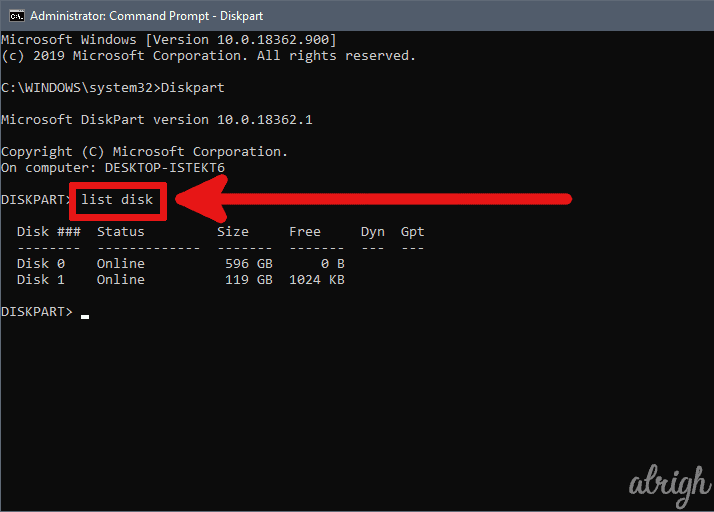

put your main code here, to run repeatedly:Īs you can see, we have used 0x0000 as the initializer. Serial.print("Calculated CRC is: ") Serial.println(crc, HEX) Uint16_t crc = checksumCalculator(buf,10)

put your setup code here, to run once: Uint8_t sum2 = (uint8_t) (curr_crc > 8) įor(index = 0 index < length index = index+1) Also, the algorithm is quite easy to implement − uint16_t checksumCalculator(uint8_t * data, uint16_t length) It is quite robust, and even detects if the data is ordered incorrectly. The implementation is going to be Fletcher's checksum. Instead, we'll write a function from scratch to return the 16-bit CRC for an array of bytes. There are libraries available for performing CRC calculations in Arduino. How exactly CRC works is beyond the scope of this article. If they don't, the packet received is erroneous and should be discarded.

If the two match, there were no errors introduced in the transmission, and the packet is safe to process further. The receiver will perform the same calculations on the packet, and check if the generated CRC matches the CRC that came in with the packet. If a transmitter is sending a packet to a receiver, the transmitter will calculate a CRC code based on some polynomial calculations on the packet, and append it to the packet. The idea is similar to parity, but this is much more robust. It is, in simple words, an algorithm used to detect errors in received messages. CRC stands for Cyclic Redundancy Check (CRC).


 0 kommentar(er)
0 kommentar(er)
